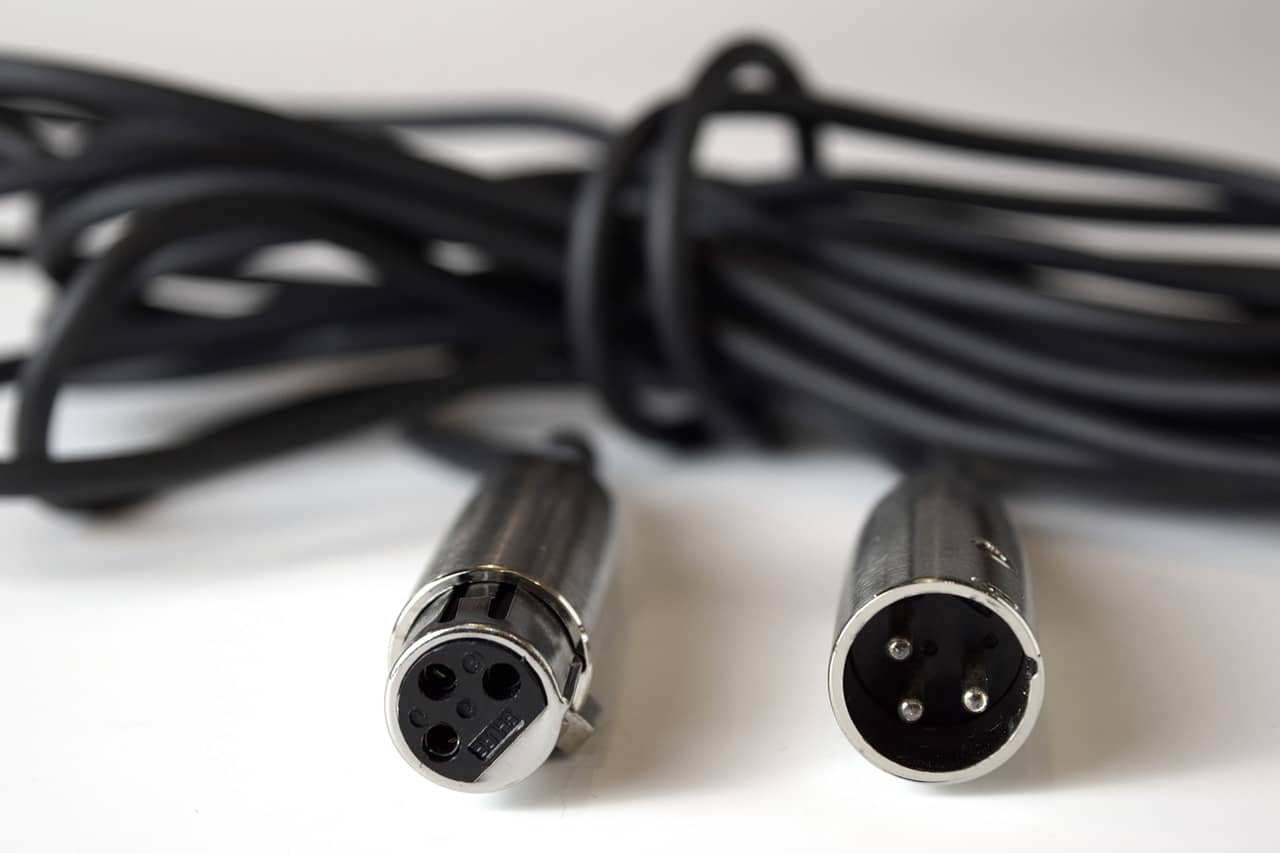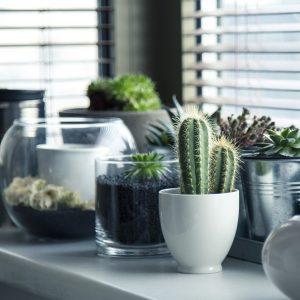Describing an AC power connector is easy – because when you plug your toaster into the wall, the bit in your hand as you push it into the wall is the connector. DC connectors, on the other hand, are a little more complex to write about, for a very simple reason: there are just so many of them out there. And so for businesses and organizations in the market for DC connectors, it can be a murky topic.
To explain the difference, we’ll have to quickly touch upon the difference between AC and DC power. AC, as touched upon before, is what is supplied by your electricity retailer to your home. It stands for alternating current, meaning the flow of charge is able to change direction. This characteristic also means it is better at reliably traveling long distances over power lines, making it far more suitable for mains power than DC.
DC, on the other hand, stands for direct current – a single-directional current. While it’s not as good at traveling long distances, it is a lot better at delivering consistent voltage. What’s more, you can ‘make’ DC power out of AC power, for the purposes of supplying precisely the level of voltage required for the device you are powering – and that’s why your toaster likes it so much.
With that said, let’s get back to those DC connectors because they are crucially important not only for powering the electrical devices your organization relies upon, but because such a simple component can make or break your operations in the area of device engineering and design, too.
As suggested, in terms of layout, DC connectors are quite simple: a jack/plug, the conductors (one for power, one for ground), and the specific current/voltage rating. Jacks and plugs can be configured as male or female, and they can be mounted to the end application in a number of ways – either directly to the chassis of the product, or directly to the circuit board. DC connectors differ in terms of the pin and sleeve diameters, the insertion depth, the receptacle configuration, and more.
Let’s break down DC connectors a little further in order to narrow down your choice:
The gender
It is normally the configuration of the center pin that determines the gender of the connector’s barrel: the presence of a center pin makes it male, while the connector to be mated with is female.
The dimensions
The diameter of the inner pin and the outer sleeve can differ considerably, but generally, they range from 0.5-3.0mm for inner pins, and 2.35-5.5mm for outer sleeves. Obviously, the key is that the pin fits snugly into the sleeve.
The depth
Another key metric is the insertion depth – meaning how far the jack slots in for a full and reliable connection. In some cases, this is an extremely important consideration, especially when the plug needs to reach through the device’s chassis wall.
The conductors
As outlined earlier, two conductors are central to DC connectors – one for power, and one for ground. Some, however, include a third conductor which acts as a switch to either recognize that a connection has been made by the user or to switch between power sources.
Panel or PCB mounted
We also mentioned earlier that DC connectors can be mounted directly to the device’s printed circuit board (PCB) or to the chassis itself. While PCB is simpler and therefore common, the advantage of panel-mounted connectors is that they can be located anywhere on the chassis, at the designer’s discretion.
Although browsing for DC connectors can seem overwhelming, some precise information about the specific application in question will in just about every case lead directly to the product your organization requires. For expert guidance, don’t hesitate to get in touch.




